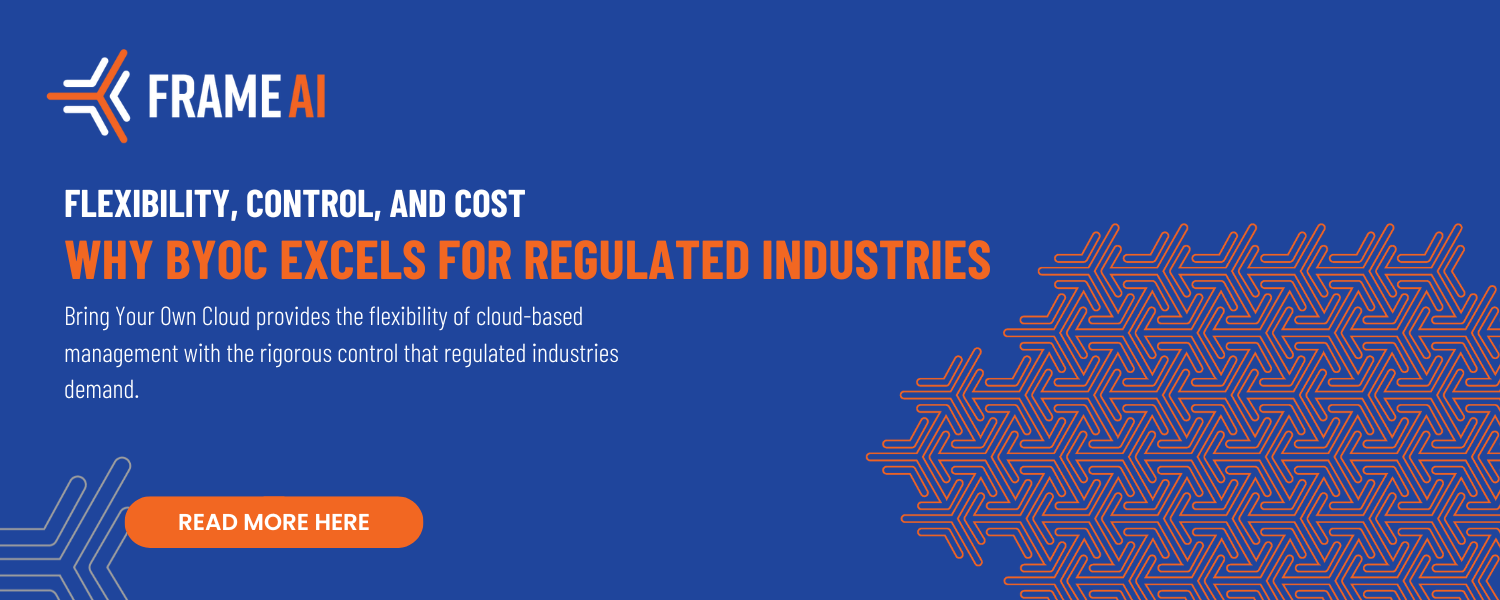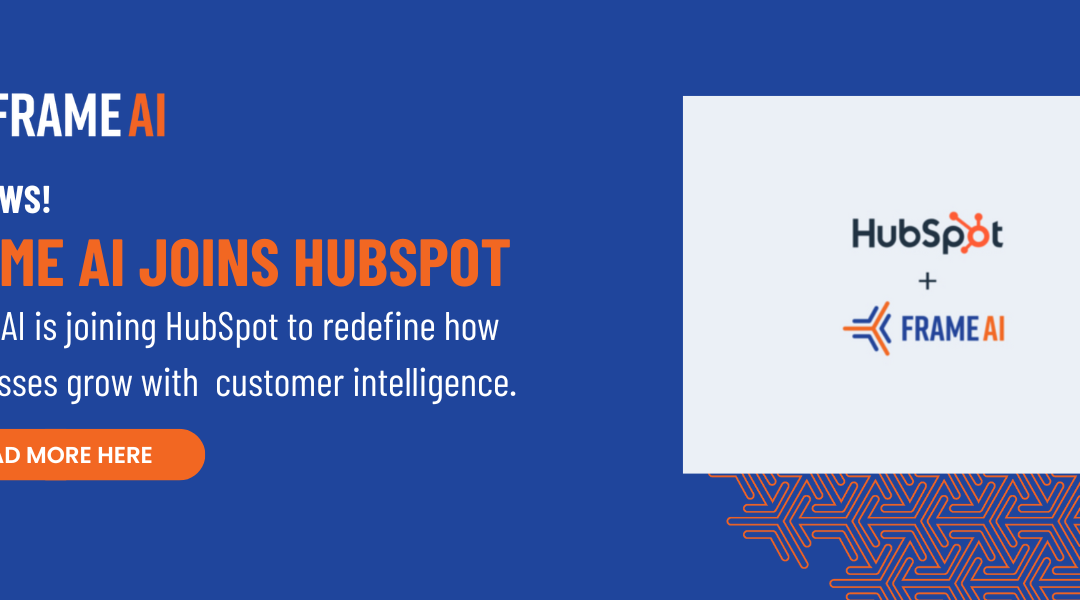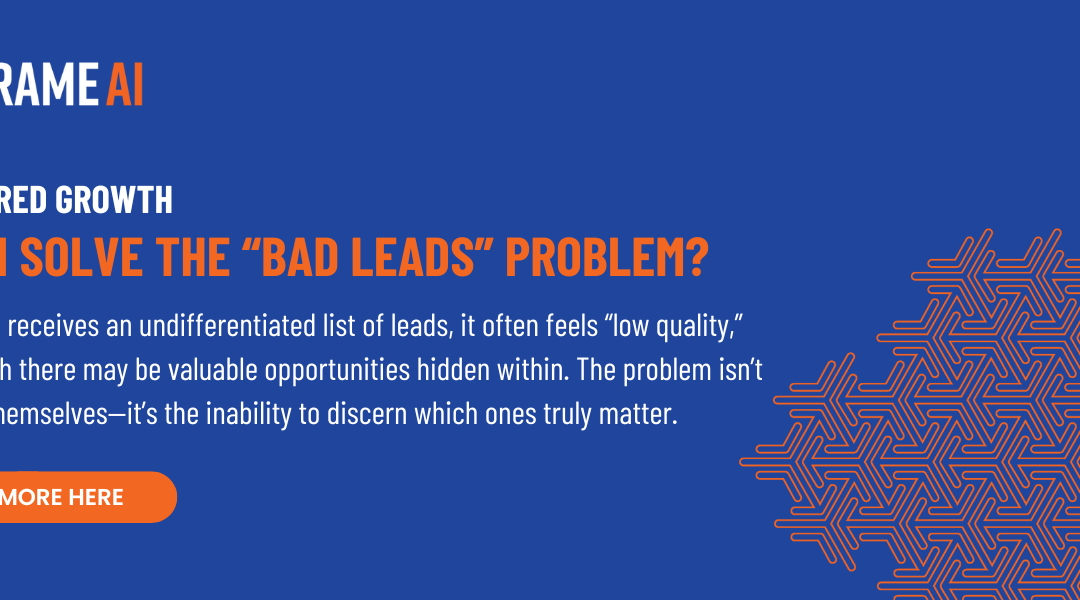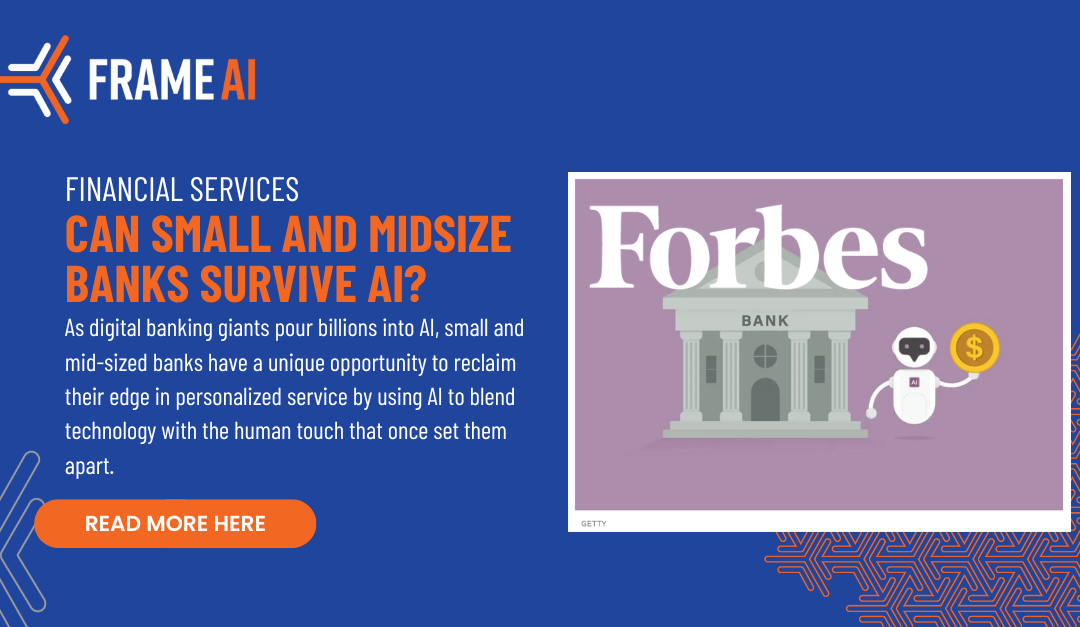Regulated industries are expected to continue significant investments in AI, with the global healthcare AI market alone projected to reach $188 billion by 2030. This growth is driven by the need to reduce costs, enhance patient care, and address regulatory pressures.
The challenge for industries bound by heavy regulation is balancing innovation with strict oversight, which makes AI adoption more complex but also more critical. Companies are increasingly held accountable for managing risks introduced by AI, especially in protecting sensitive customer information. In this landscape, BYOC (Bring Your Own Cloud) presents an ideal solution, providing the flexibility of cloud-based management with the rigorous control that regulated industries demand.
While many traditional AI solutions rely on pre-configured platforms, which limit control and customization, BYOC allows enterprises to retain control over their own data, infrastructure, and security protocols while accessing the scalability and ease of management that cloud-based solutions offer.
With BYOC, businesses benefit from the best of both worlds— the streamlined, hands-off approach of SaaS combined with the ability to fully customize security measures and compliance standards, which is critical for meeting stringent regulatory requirements. This model ensures data stays within the enterprise’s own governance framework, reducing risks of external breaches while also keeping operational costs in check by avoiding expensive on-prem hardware setups.
BYOC empowers companies to innovate with AI while maintaining the highest compliance standards. Here’s why BYOC is a game-changer for executives navigating regulation, flexibility, and cost management in AI investment.
Flexibility Without Sacrificing Control
One of the biggest advantages of BYOC is flexibility. Unlike rigid SaaS models where companies must adapt to the infrastructure and security measures of an external provider, BYOC gives businesses full control over where and how their data is stored. This freedom enables companies to deploy AI tools in the cloud environments they already use—whether that’s AWS, Google Cloud, or Azure—allowing for seamless integration with existing infrastructure.
This flexibility is especially crucial for enterprises that need to scale AI across multiple functions. Companies can choose the best-of-breed AI solutions without being locked into a specific cloud vendor’s ecosystem. More importantly, with BYOC, data doesn’t leave the organization’s control. This capability allows firms to set security, privacy, and access controls that meet internal policies and regulatory requirements, while still benefiting from cutting-edge AI.
Compliance Made Simpler
In regulated industries, compliance is often the number-one priority. Regulatory frameworks like GDPR, HIPAA, and FINRA mandate strict control over data residency, encryption, and audit trails. Using BYOC ensures that companies can fully meet these standards because they continue to own and manage their own cloud infrastructure.
For example, a healthcare company working under HIPAA regulations can maintain protected health information (PHI) in a cloud environment compliant with its specific needs, while applying AI models to analyze that data. BYOC’s ability to localize and control data flows makes it far easier to comply with regulatory demands, reducing the risk of penalties or data breaches that could result from third-party mishandling.
BYOC also enables businesses to customize their data governance practices, ensuring real-time compliance with evolving regulations. This is critical for industries where non-compliance is not an option, as it minimizes risk while still allowing AI-driven innovations to flourish.
Cost Efficiency Through Optimized Cloud Resources
Another key benefit of BYOC is cost management. Enterprises are already paying for cloud resources, so why not leverage those existing investments? Rather than pay for a separate cloud service provided by an AI vendor, BYOC allows businesses to tap into their existing contracts with major cloud providers. This can result in significant savings, as companies can take advantage of pre-negotiated pricing models, discounts, and even in-house optimization strategies for compute, storage, and networking.
Moreover, BYOC enables businesses to control the operational costs of AI projects. They can allocate resources based on real-time demand, scaling up or down as needed, without paying for unnecessary infrastructure. This approach leads to higher ROI on AI investments while making sure that the underlying cloud spend stays efficient.
Conclusion
For executives in regulated industries, BYOC offers a unique trifecta: flexibility, compliance, and cost efficiency. By integrating AI solutions within an organization’s existing cloud infrastructure, BYOC empowers businesses to innovate without compromising security or regulatory adherence. As organizations seek to harness AI to drive business transformation, BYOC offers a scalable, secure, and financially responsible path forward.
Investing in AI doesn’t have to mean giving up control or breaking the bank. With BYOC, businesses can unlock the full potential of AI while meeting the demands of today’s complex regulatory environment.
To learn more about how Frame AI helps regulated industries harness the power of AI, request a demo today.




